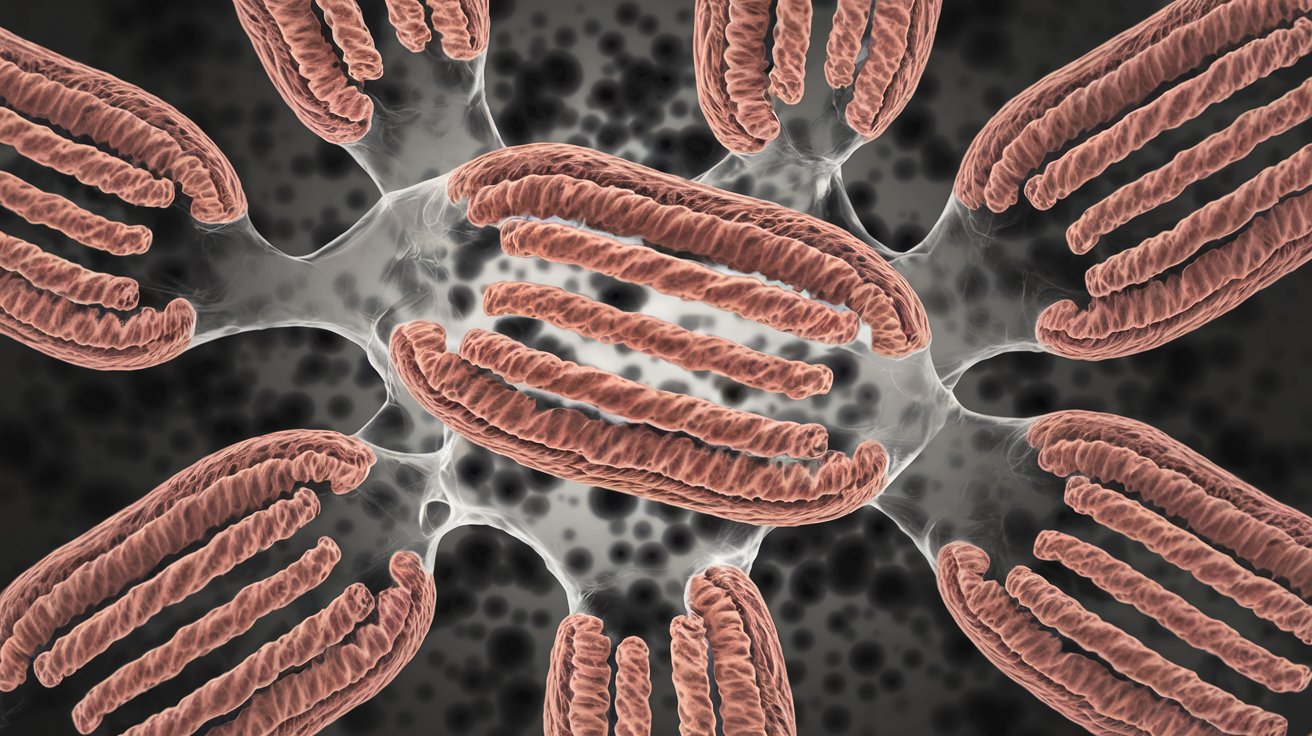
Myofibrillar lysis might sound like a complex term, but it’s simply the breakdown of muscle fibers. This process can occur due to intense exercise, injury, or certain medical conditions. Understanding myofibrillar lysis is crucial for athletes, fitness enthusiasts, and anyone keen on maintaining muscle health. Why does myofibrillar lysis happen? It often results from overworking muscles without adequate rest, leading to microscopic tears in muscle fibers. These tears are part of the muscle-building process but can become problematic if not managed properly. How can you prevent it? Proper training, balanced nutrition, and sufficient recovery time are key. By learning about myofibrillar lysis, you can better protect your muscles and enhance your overall fitness journey.
Key Takeaways:
- Myofibrillar lysis is the breakdown of muscle fibers, causing weakness and fatigue. It can be triggered by genetics, inflammation, aging, and toxins. Treatment includes therapy, medication, and a balanced diet.
- Symptoms of myofibrillar lysis include muscle weakness, cramps, fatigue, and reduced muscle mass. Diagnosis involves muscle biopsy, blood tests, MRI scans, and genetic testing. Treatment options include physical therapy, medication, and lifestyle changes.
What is Myofibrillar Lysis?
Myofibrillar lysis refers to the breakdown of myofibrils, the basic rod-like units of muscle cells. This condition can affect muscle function and strength. Here are some intriguing facts about myofibrillar lysis.
-
Myofibrils are essential for muscle contraction. They contain actin and myosin, proteins that slide past each other to create movement.
-
Myofibrillar lysis can lead to muscle weakness. When myofibrils break down, muscles lose their ability to contract efficiently.
-
It is often seen in muscle diseases. Conditions like muscular dystrophy and myofibrillar myopathy commonly feature myofibrillar lysis.
-
Exercise can sometimes cause myofibrillar lysis. Intense physical activity can lead to temporary breakdown of myofibrils, which usually repair during rest.
-
Myofibrillar lysis is different from muscle atrophy. While atrophy involves a reduction in muscle size, lysis specifically refers to the breakdown of myofibrils.
Causes of Myofibrillar Lysis
Understanding what triggers myofibrillar lysis can help in managing and preventing it. Here are some common causes.
-
Genetic mutations can cause myofibrillar lysis. Certain inherited conditions affect the proteins that make up myofibrils, leading to their breakdown.
-
Inflammation is a common trigger. Chronic inflammation in muscles can damage myofibrils over time.
-
Nutritional deficiencies can contribute. Lack of essential nutrients like protein and vitamins can weaken myofibrils, making them more prone to lysis.
-
Aging is a natural cause. As people age, their muscle cells become less efficient at repairing damaged myofibrils.
-
Toxins and drugs can induce lysis. Certain medications and environmental toxins can damage muscle cells, leading to myofibrillar lysis.
Symptoms of Myofibrillar Lysis
Recognizing the symptoms can help in early diagnosis and treatment. Here are some signs to watch for.
-
Muscle weakness is a primary symptom. Affected muscles may feel weak and tire easily.
-
Muscle cramps and spasms are common. These can occur due to the instability in muscle fibers.
-
Fatigue is often reported. General tiredness and lack of energy can be a sign of underlying muscle issues.
-
Muscle pain can occur. Discomfort or soreness in muscles may indicate myofibrillar damage.
-
Reduced muscle mass may be noticeable. Over time, muscles may appear smaller and less defined.
Diagnosing Myofibrillar Lysis
Accurate diagnosis is crucial for effective treatment. Here are some methods used to diagnose myofibrillar lysis.
-
Muscle biopsy is a definitive test. A small sample of muscle tissue is examined under a microscope to look for signs of lysis.
-
Blood tests can be helpful. Elevated levels of muscle enzymes in the blood can indicate muscle damage.
-
MRI scans provide detailed images. Magnetic resonance imaging can show changes in muscle structure.
-
Electromyography (EMG) tests muscle function. This test measures the electrical activity of muscles to detect abnormalities.
-
Genetic testing may be required. Identifying specific genetic mutations can help diagnose inherited muscle disorders.
Treatment Options for Myofibrillar Lysis
While there is no cure, various treatments can help manage symptoms and improve quality of life. Here are some options.
-
Physical therapy is often recommended. Exercises can help strengthen muscles and improve function.
-
Medications can reduce inflammation. Anti-inflammatory drugs can help manage pain and swelling.
-
Nutritional support is important. A balanced diet rich in protein and essential nutrients can support muscle health.
-
Lifestyle changes can make a difference. Regular exercise, adequate rest, and avoiding toxins can help prevent further muscle damage.
-
Surgical options are rare but possible. In severe cases, surgery may be needed to remove damaged muscle tissue.
Final Thoughts on Myofibrillar Lysis
Myofibrillar lysis, a condition affecting muscle fibers, can lead to muscle weakness and fatigue. Understanding its causes, symptoms, and treatments is crucial for managing this condition. Regular exercise, a balanced diet, and medical interventions can help alleviate symptoms and improve muscle function. Early diagnosis and treatment are key to preventing further muscle damage.
Staying informed about myofibrillar lysis empowers individuals to take proactive steps in their health journey. Whether you're dealing with this condition or supporting someone who is, knowledge is your best tool. Keep an eye on new research and advancements in treatment options.
Remember, maintaining a healthy lifestyle and seeking medical advice when needed can make a significant difference. Stay proactive, stay informed, and take charge of your muscle health.
Frequently Asked Questions
Was this page helpful?
Our commitment to delivering trustworthy and engaging content is at the heart of what we do. Each fact on our site is contributed by real users like you, bringing a wealth of diverse insights and information. To ensure the highest standards of accuracy and reliability, our dedicated editors meticulously review each submission. This process guarantees that the facts we share are not only fascinating but also credible. Trust in our commitment to quality and authenticity as you explore and learn with us.
